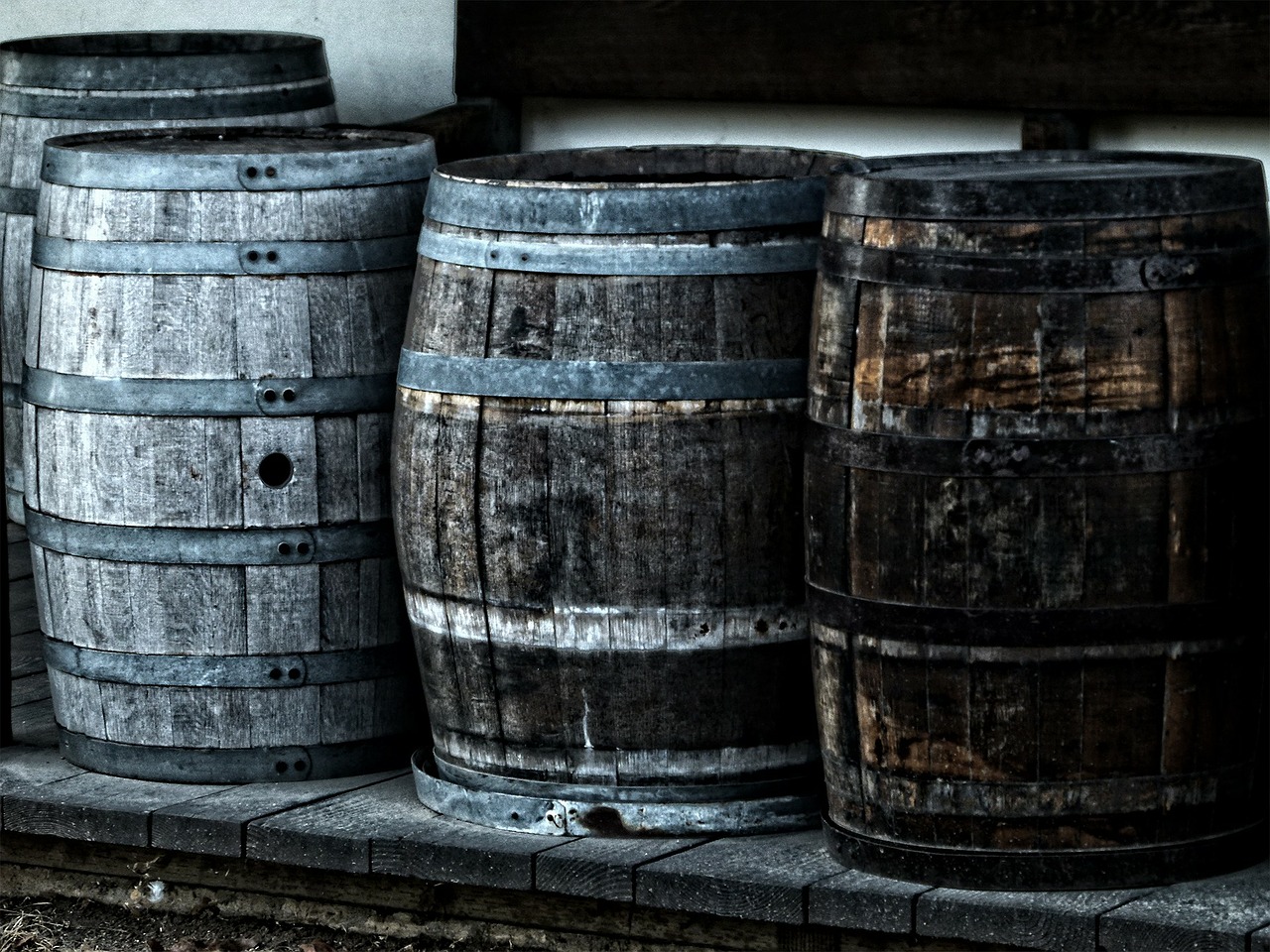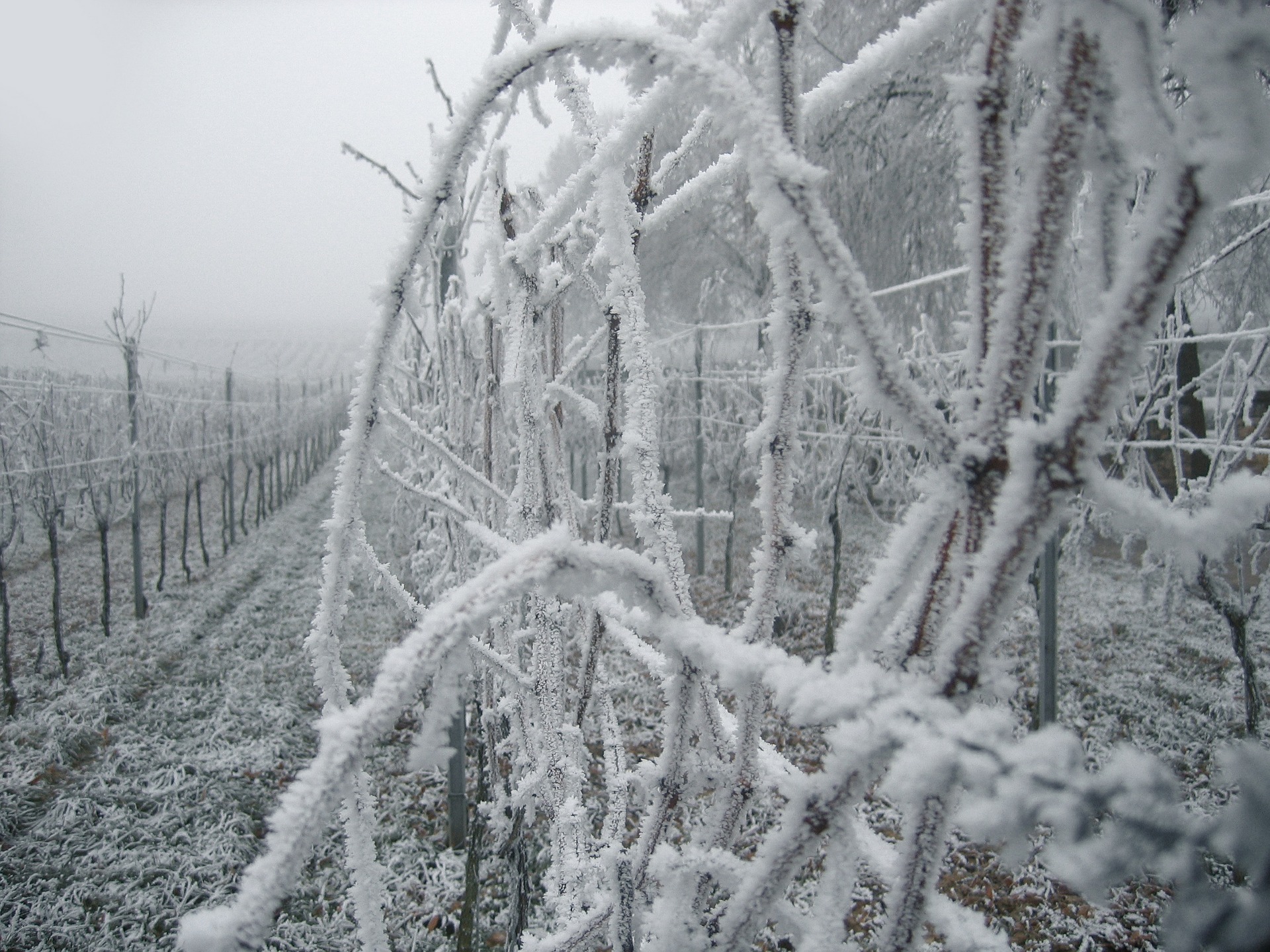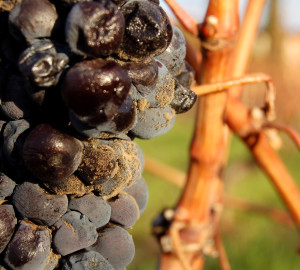The universe of wine is so vast nowadays that it would be a Herculean task to draw up an exhaustive classification of all the types of wine produced around the world. Therefore, when it comes to classifying the different types of wine on the market, experts usually use specific and common characteristics that can encompass similar wines. In this way, we can traditionally find wine classifications according to the grape variety or varieties used during its production; the sugar content of the final product; or the concentration of carbon dioxide dissolved in the wine. But we can also group them within the same appellation of origin, by their ageing time or differentiate them by their production methods, as we have seen in the articles What is the red wine production process like? y How is the production process of white and rosé wine?. But this immensity of classifications, in which it is easy to get lost, is also a great attraction for wine lovers: who doesn't enjoy learning something new every day?
And that is why today we will pay attention to the so-called special wines, those wines that are often left out of more general classifications, but which are no less interesting for that reason, quite the contrary.
Special wines are those in which we find unique characteristics, due to peculiarities in the type of grapes or in the winemaking processes used. These methods differ from the most widespread traditional winemaking processes and therefore give rise to wines that are radically different from the reds, whites and rosés that are produced in the majority of the world. A climatic adaptation, an external agent that acts on the grape or an innovation in the winemaking technique are usually the original seed of this type of wine, which over the years and with tradition, end up acquiring their own entity. Some of the best known are the following.
Fortified or fortified wines
The terms "fortified" or "fortified" refer in general to all those wines to which alcohol has been added, normally wine alcohol, obtained by distillation of wine, marc or other products from the vineyard. If this alcohol is added during the fermentation process, we will speak of fortified wines, leaving the term fortified for all wines to which alcohol has been added, regardless of the moment of addition within the winemaking process. This type of technique began to spread, especially from the 17th century onwards. At this time, the need arose to subject wine to a process that would allow it to be transported on long sea voyages without spoiling. The main problem was that the unstable conditions during the voyages caused the wine to ferment again inside the barrels. To solve this problem, additional alcohol was added to the wines before they were shipped, as high alcohol content limits the ability of the yeasts to convert the sugar in the must into alcohol. This innovation, which made a virtue out of necessity, is attributed to the English, giving rise to the fortified wine par excellence, Port. In general, we can say that fortified wines are usually very sweet wines with an alcohol content of between 16% and 20%, making them perfect as dessert wines.
Natural sweet wines
These are fortified wines to which wine alcohol is added during the fermentation of the must in order to stop the process. Partial fermentation means that the resulting wine retains a large amount of natural sugars. Within this category we would find the aforementioned Port, together with Madeira wines, Pedro Ximénez, Moscatels or Mistelas.
Fortified wines
These wines are produced from selected grapes. Their production follows a series of traditional and specific rules according to their region of origin. These rules include the addition of alcohol and natural sweet wines at specific times during the production process. They have an alcohol content of between 14% and 23%, with most of the alcohol coming from the fermentation of the must itself, and can be dry, sweet or sweet. Among them, we can also find Ports, Madeira wines, Malaga wines , Sauternes (France), Condado de Huelva and Jerez or Montilla-Moriles.
Fortified liqueur wines
They are obtained by specific methods: either by capping, blending old wine with new wine, or by combining fortified wines with natural sweet wines, or directly with concentrated musts. They must have a sugar concentration of at least 100 grams per litre. Their alcohol concentration is between 13.5% and 23%.
Liqueur wines
They are similar to the previous ones, but their production does not require the use of specific methods and they have a lower concentration of sugars, although still high, above 50 grams per litre.
Vatted wines
The particularity of veraisoned wines is not due to peculiarities of the winemaking process, but to the climatic characteristics of the areas where they are produced, which prevent the grapes from fully ripening. They are characterised by a low alcohol content, between 7% and 9%, and a marked acidity. Examples of these wines are some Ribeiros and Chacolíes, which are produced from green grapes.
Mistelas
Mistelas are the product of adding distilled alcohol to grape must, which may or may not be of vinous origin. Strictly speaking, mistelas should not be considered wines, since in their production process there is no fermentation, or in any case it is a semi fermentation. The final product has an alcohol content of 13-23% and a sugar concentration of at least 80 grams per litre.
Late Wines
Late wines are those made from grapes that are too ripe. This causes the sugar content of the final product to be higher than usual. During fermentation, yeasts are not able to transform such a high amount of sugars into alcohol, so this process stops naturally when the alcohol volume reaches 16% - 17%. Late wines are usually very aromatic, sweet, acidic and full-bodied.
Wines with added flavour
Originating in certain regions of Italy. As in the case of late wines, the product of these wines has a high sugar content. In this case, instead of harvesting the grapes later than their optimum point of ripeness, they are harvested at the ideal moment, but are reserved for at least 30 days before the must is extracted. During this time, the grapes are raisined, giving rise to sweet, structured wines with a high alcohol content.
Ice wines
Ice wines are made from grapes from cold areas, which freeze naturally due to the effect of the climate before being harvested. These grapes have a high concentration of sugar, because the freezing of the water inside the grape causes the skin to break down, thus losing hydration. The wines made with this type of grapes are sweet, with a great aromatic persistence, fresh and with a marked acid character.
These are just some of the most common types of special wines. As we said at the beginning of this article, to cover them all would be an encyclopaedic task, but at least now we have some general notions to differentiate the main types of special wines. The best way to fix concepts? Try them all. If you don't know which one to start with, we recommend you our special wine Coleccion Vivanco 4 Varietales Dulce de Invierno (Winter Sweet). A wine produced from the late manual harvest of botrytised grapes of the traditional Rioja red varieties Tempranillo, Graciano, Garnacha and Mazuelo. Harvested in January, these grapes constitute a very low-yielding production, from which a must is obtained that will ferment for a month and a half in French oak barrels. Subsequently, it will age, also in French oak, for a further 12 months with its fine lees, at crianza . The result: intense aromas of candied fruit and elegant floral notes. Fruity sweetness and freshness on the palate. Perfect for pairing with foie gras, strong cheeses, cold seafood or as a dessert or after-dinner wine. Fancy?





















Good article with the different classifications of wines. In my family my grandparents called Mistela the sweet wine and they usually used it for desserts.